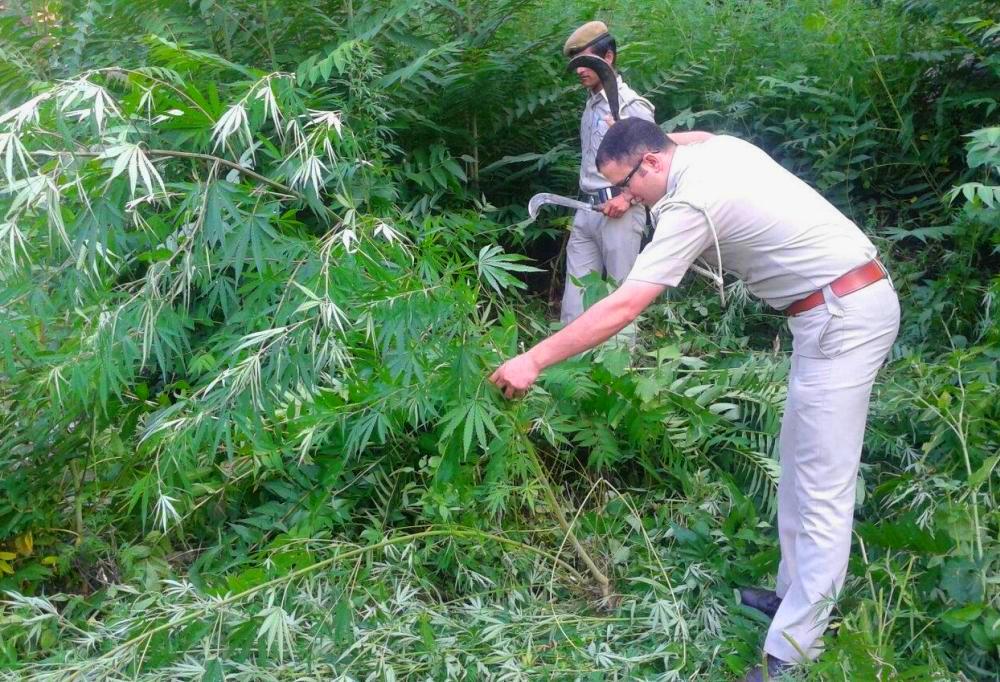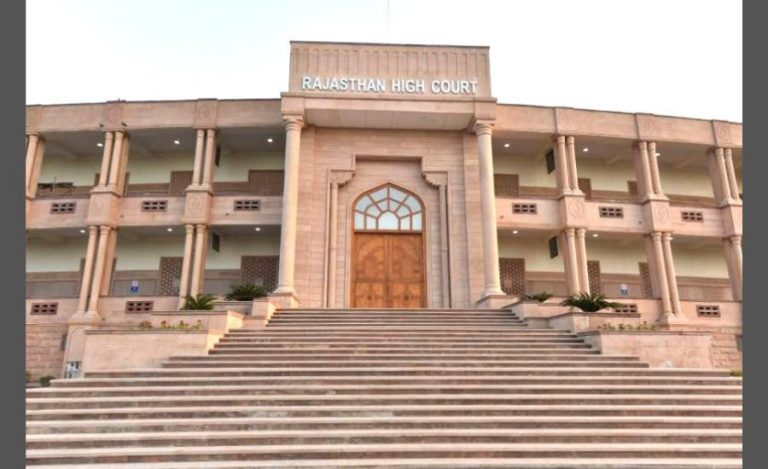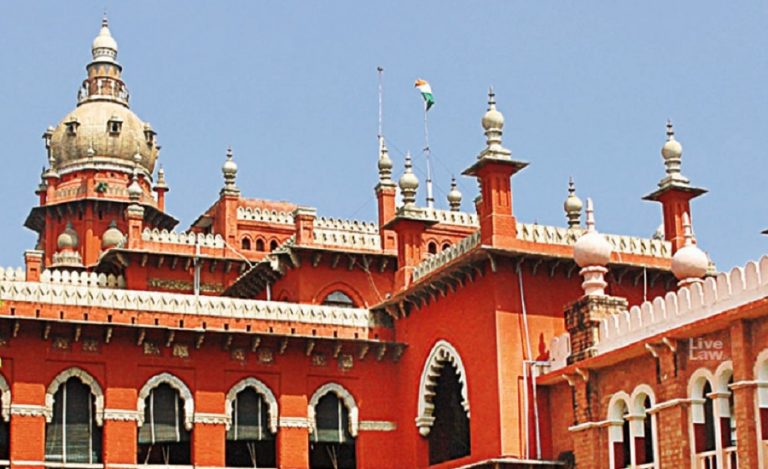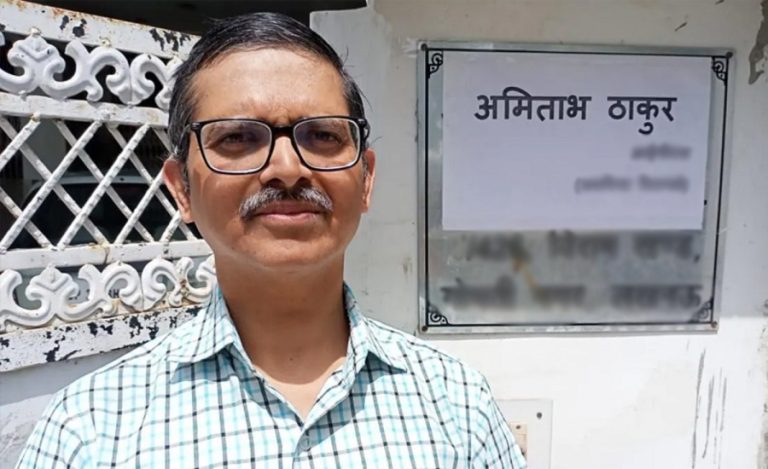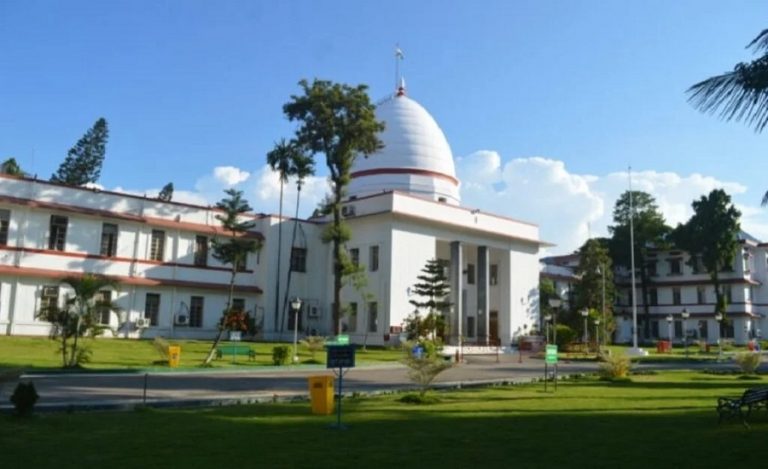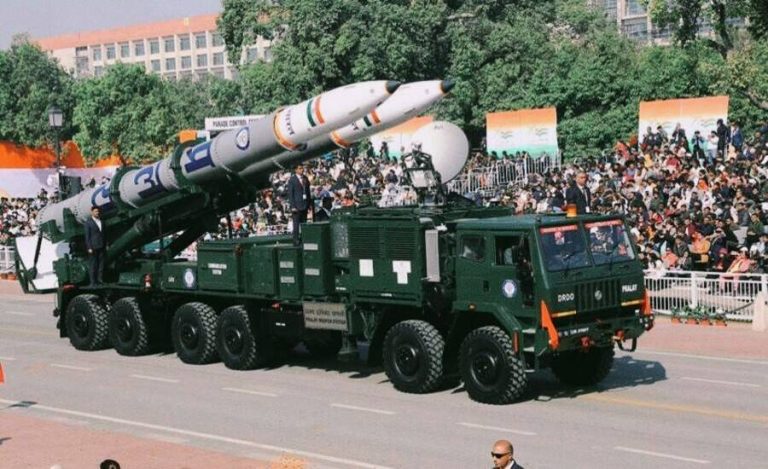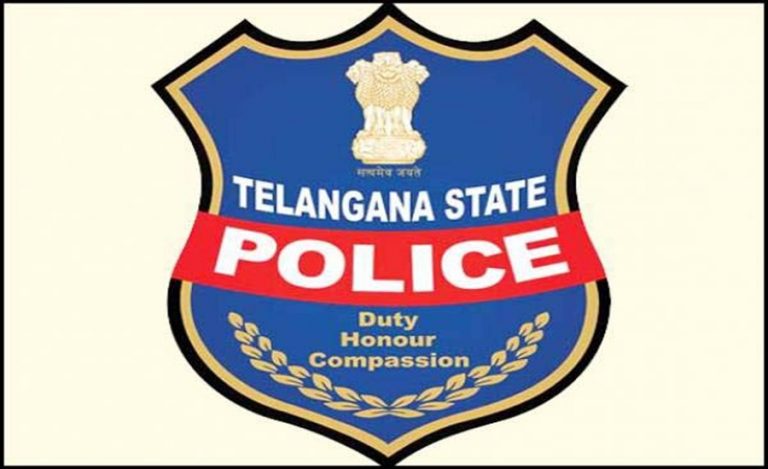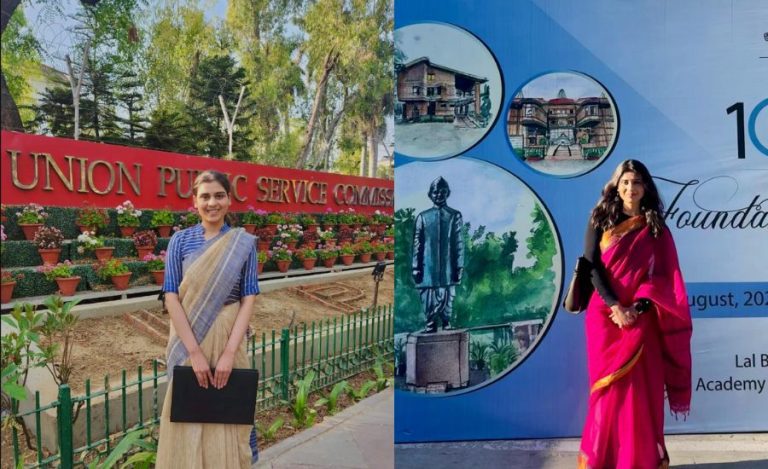Consumption of cannabis, also known as ganja, weed or marijuana, is still illegal in the country, and so is its cultivation. However, cannabis cultivation is still done in parts of the country on a large scale. This cultivation is done in disguise by hiding weed plants between regular and wild crops so that they are not easily visible.
But one can’t fool the administration. When the news of large-scale ganja cultivation in Himachal Pradesh came, the Central Bureau of Narcotics (CBN), led by IRS officer Rajesh Dhabre who is the Narcotics Commissioner, was quick to identify the region and destroy the crops.
In an exclusive conversation with Indian Masterminds, Mr. Dhabre gave details about the same.
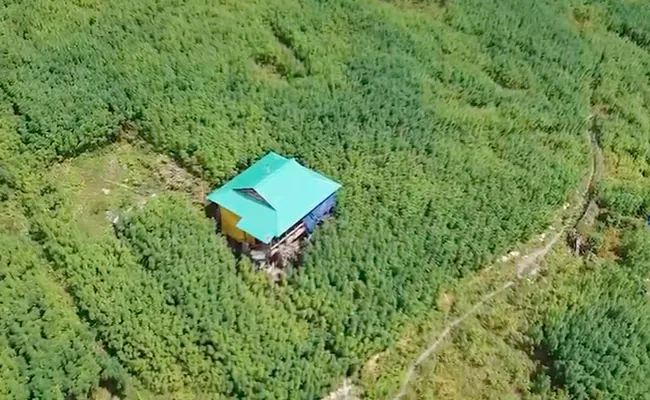
RECEIVING SPECIFIC INTELLIGENCE
A few weeks earlier, CBN received specific intelligence alert about illicit cannabis cultivation in the Kullu district of Himachal Pradesh. Upon receiving the tip-off, a team of CBN officers, under the guidance of Mr. Dhabre, was dispatched and physical surveys were conducted in the region to verify the alert.
The survey resulted in the detection of illegal cultivation that was being done in the remote valleys. The ganja cultivation was quite a large scale, spread across 23 villages of Kullu.
“A lot of homework was done to verify the cultivation. We received satellite images of the crops after which we used GPS coordinates to mark the sensitive locations. Once this was done, drones were used for detection and surveillance of the illicit cannabis cultivation areas, which gave us a clearer image that the cultivation was actually taking place on a large scale,” Mr. Dhabre shared with Indian Masterminds.
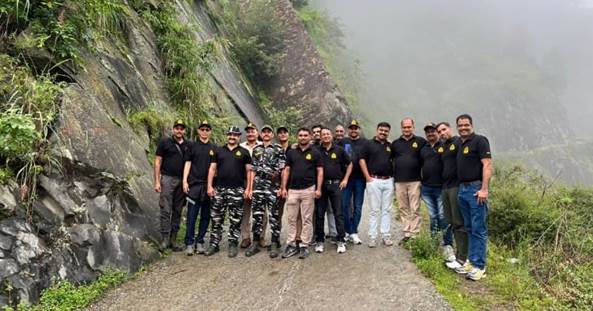
CROP DESTRUCTION
The crop destruction operation was conducted over two weeks in what is considered to be one of the biggest destruction operations. The CBN conducted the operation with the support of the district administration, the forest department, and the local police.
Over 1032 hectares, which equals 12,900 bighas, of cannabis cultivation, were destroyed by the agencies. The size of the cultivation is considered to be as large as 780 football fields combined!
“Owing to the difficult terrain of the region and lack of appropriate technology, the cultivation had to be destroyed physically. We had to employ a lot of manpower who could physically go to the regions and pluck out the crops making them useless for consumption. It is indeed laborious work, so we are trying to develop a technology for the purpose which could be useful for destroying the crop so that we can cover more areas in lesser time,” Mr. Dhabre said.
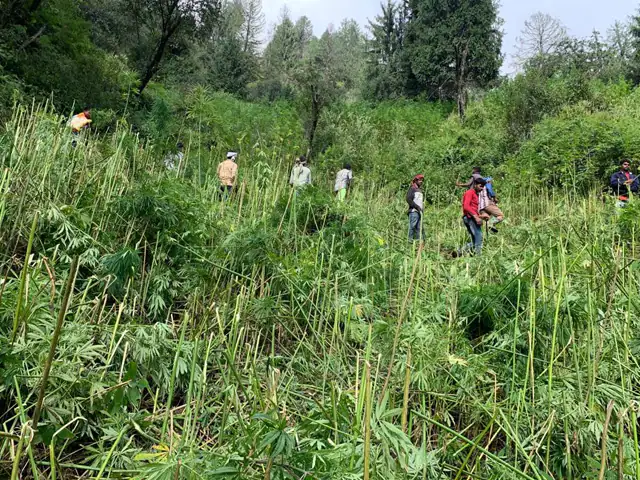
SENSITIZING LOCAL COMMUNITIES
One of the most important steps in ensuring a permanent stop to ganja cultivation was to mobilize the local villagers and communities and make them understand the hazards and repercussions of cannabis consumption and sale. The CBN officers adopted a two-pronged approach to spread awareness among villagers during the destruction operation.
“Villagers were informed about the adverse effects of drugs on the body and mind. They were further sensitized regarding threats that drugs tend to pose to the future of the youth. Apart from this, they were also made aware of relevant penal provisions of the Narcotic Drugs and Psychotropic Substances Act and the consequences of selling drugs,” shared the officer.
Subsequently, resolutions were passed by villagers to destroy illicit cannabis plantations around the villages. Notably, villagers assisted officers of CBN to destroy illicit cultivation by actively taking part in the exercises under the supervision of CBN officers.

It is noteworthy that Mr. Dhabre also led another large-scale cannabis cultivation destruction operation in Arunachal Pradesh where over 3600 bighas of ganja cultivation were destroyed, earlier in the year. Illegal cultivation is a big menace as it becomes a huge source of consumption of opium, marijuana, and other such drugs. It also boosts the existence of the black market in states and rots the young generation slowly. Hence, the officer’s continuous efforts to uproot drugs from the roots are boosting the fight against narcotics and substance abuse.

